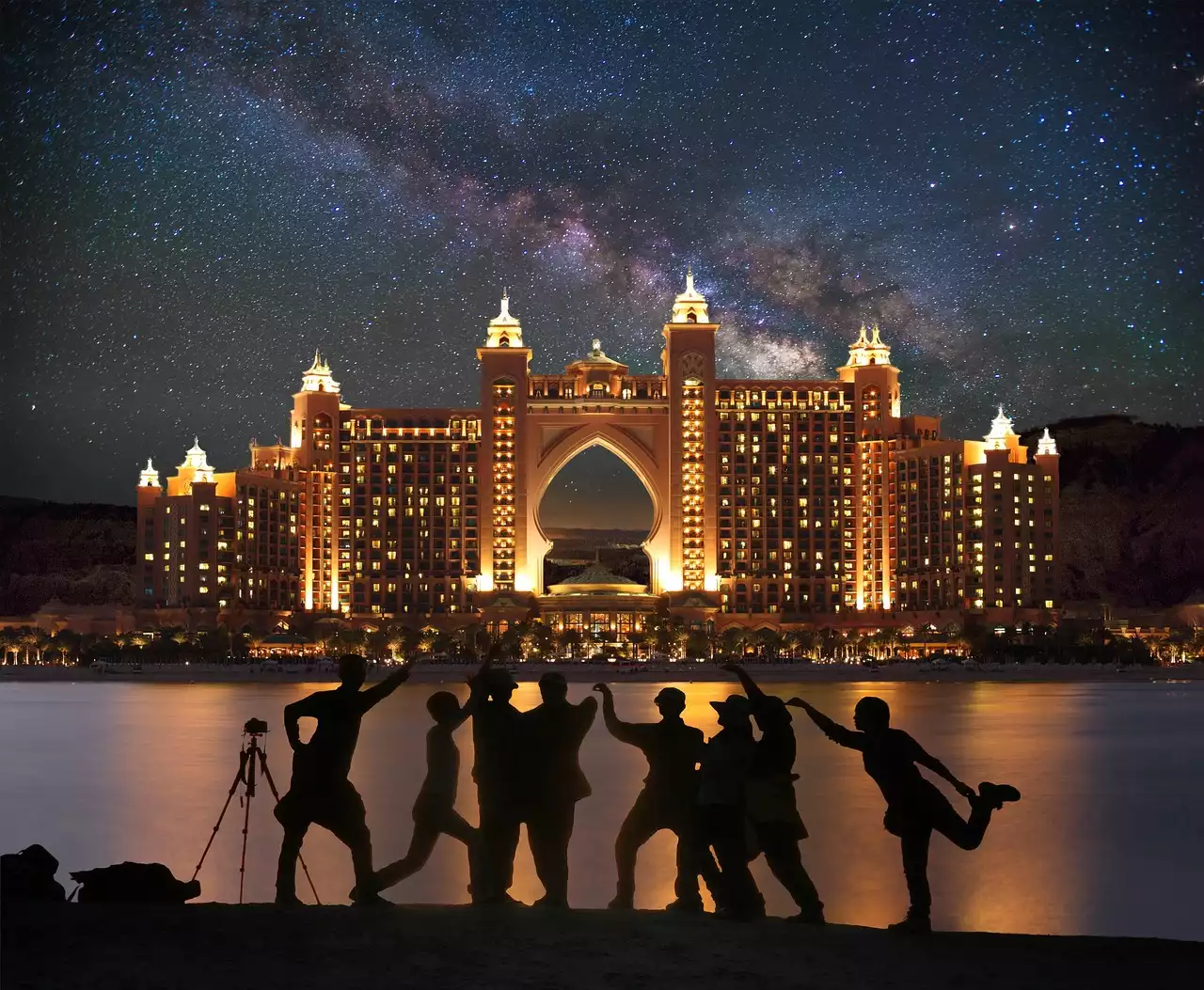Reflection photography is a type of photography that involves capturing the reflection of a subject as its main subject. This can be done in various ways, such as capturing a person’s reflection in the water, through a glass pane, or any other reflective surface. Capturing a subject’s reflection can show an interesting view of them and create an image that is not quite like anything you would see regularly. Reflection photography has become quite popular recently and many photographers have come up with creative effects to make their images stand out from the rest. Here are some tips for getting started with your reflection photography endeavors!
Use Shallow Focuses
The first thing you will want to do is set your focus to a very shallow depth of field. This will ensure that both the subject and their reflection are in focus. This effect creates a very interesting image and will make it stand out from the rest. While the subject’s reflection is the main subject, you don’t want to completely forget about the subject itself. Try to make sure that the subject’s facial features are visible. This will allow the viewer to connect with the subject and make the image more impactful.
Try Different Angles
When you are photographing your subject’s reflection, you want to try different angles so that the image doesn’t become too predictable and boring. You will want to try to keep your subject’s reflection as close to the same position as possible for consistency. This will allow the viewer to connect with the image a lot better. Try angling the camera to the side, straight down or any other angle that you think will work best for the subject’s reflection. This can help to create an interesting photo that will stand out from the rest. If you are using a reflective surface like water, you can also try rotating the subject as well. This will allow you to create a different image from the same reflective surface. By rotating the subject, you can change the way the reflection looks in the water. This can create a different reflection that may not look like a reflection at all.
Experiment With Backgrounds
When it comes to the background, you want to experiment with different things. This can be any type of background, whether it is a natural background or a man-made one. You can use various things to create a natural background, such as plants, trees, or grass. If you are using a man-made surface, try to pick something that will contrast the subject’s reflection as much as possible. For example, if you are photographing a person’s reflection in the water, you can try using a sandy surface or a rocky surface behind the subject. This will create an interesting contrast between the two elements. When it comes to man-made backgrounds, you can use anything as long as it is not too distracting. Try to pick a background that will fit in with the overall tone of the image.
Utilize Natural Light
When it comes to lighting, you will want to use natural light above all else. This will ensure that your reflection is illuminated naturally and that it doesn’t look too artificial. Natural light will also help to create a more even tone throughout the image. Natural light can be a bit tricky when it comes to reflection photography though. You will want to make sure that the light is coming from the same direction as the subject. This will ensure that the light doesn’t shine directly into the camera and cause a glare in the image. You can use something called “clamshell lighting”, which is where you put the light directly above and behind the camera. This will help to prevent any glare and make sure that the light is hitting the reflective surface properly.
Add Props to Give the Shot More Impact
Another thing you can do to create a more impactful image is to add some props and accessories to the scene. This will help to change the scene and make it look a bit more interesting. This can be done with both natural and man-made props. For example, if you are photographing a person’s reflection on a sandy surface, you can put some objects on the sand to change it up a bit. You can use small toys, a piece of paper, or any other small object that you can find lying around the house. When it comes to man-made props, try to pick something that matches the scene. For example, if you are photographing a person’s reflection in the water, you can put something in the water that is red or orange to create a nice, warm contrast between the subject and the water’s surface.
Conclusion
Reflection photography is a fun type of photography that allows you to get creative. When capturing a subject’s reflection, you have the freedom to change up the lighting, background, angle, and more. When photographing a subject’s reflection, there are a few things you can do to make the image more interesting and unique. Use a shallow focus, experiment with different angles and backgrounds, and add some props to give the shot more impact. These tips will help you get started on your journey of reflection photography!


 History and cultural significance of pineapple percussions
History and cultural significance of pineapple percussions History of ESP Guitars
History of ESP Guitars Study the Violin with Violinspiration
Study the Violin with Violinspiration Tips for Starting Collecting Records
Tips for Starting Collecting Records Photography Effects - Light Painting
Photography Effects - Light Painting For Creative Effects try Infrared Photography
For Creative Effects try Infrared Photography Experiment With Bokeh for Stunning Effects
Experiment With Bokeh for Stunning Effects Create Silhouettes in your Photography
Create Silhouettes in your Photography